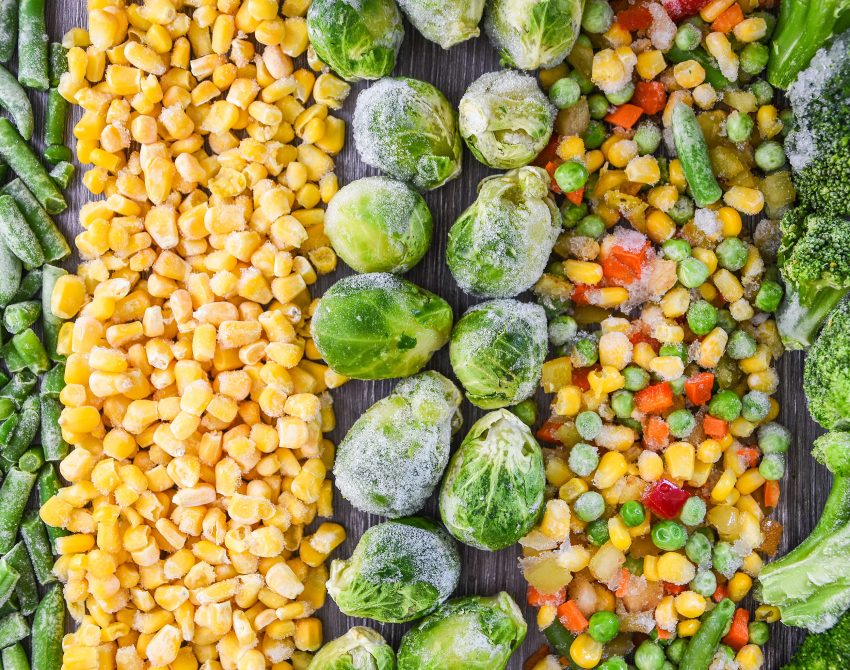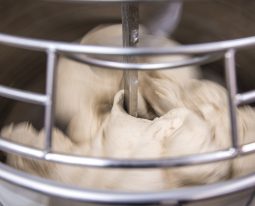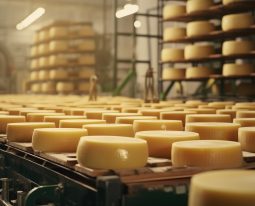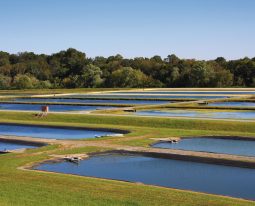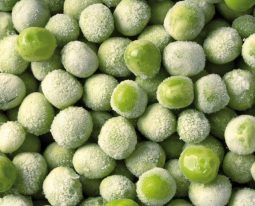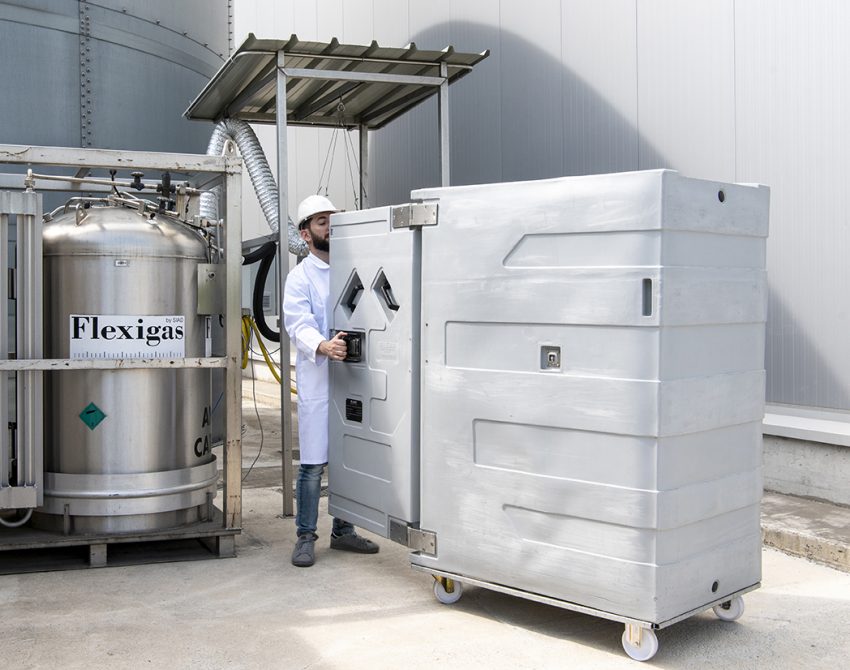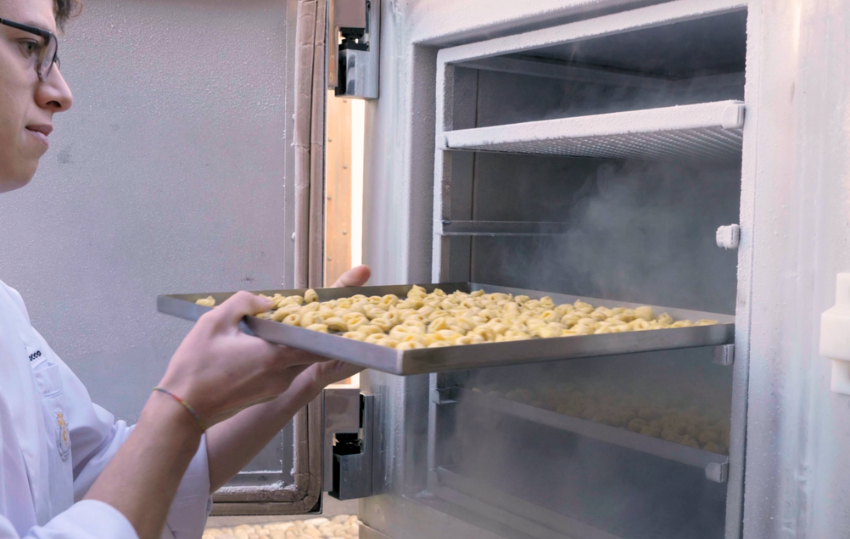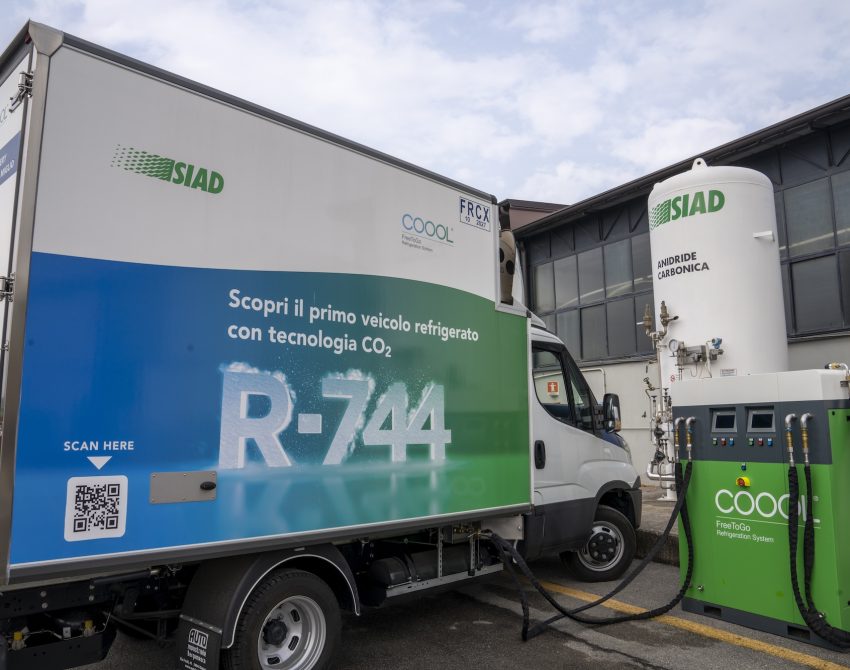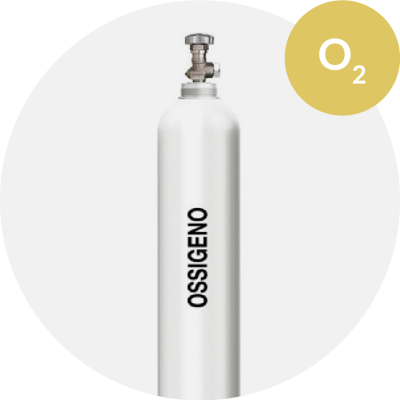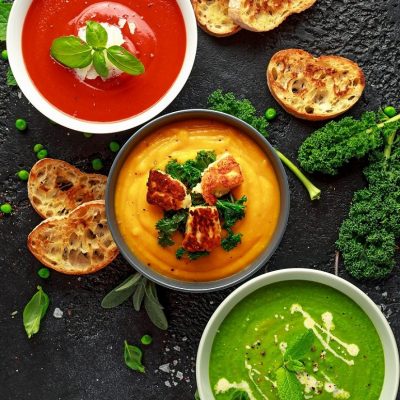The moment CO2, argon, nitrogen and oxygen are used in the food industry, they become, as appropriate, additives, processing aids and actual ingredients. The gases are, under such circumstances, foods in their own right. The clarification proves crucial in setting the logic of production and use: in the food chain, in fact, gases are subject to food-specific hygiene and safety regulations.
We therefore speak of regulated gases, referring by this expression to all gases (food, medical…) that, compared to industrial gases, are subject to specific regulation.
In this article, we will delve into the topic of regulated gases, the evolution of culture in the food industry, and the role that the SIAD Group has had and has in promoting a new culture on food gas safety in the supply chain and becoming, for all intents and purposes, not only a chemical industry, but also a food industry.
Regulated foods and gases: what they are
Before going into the details of the legal framework governing the subject, it is good to clarify what foods are from a regulatory point of view and what food gases are.
It is European Regulation 178 of 2002 that provides the first definition of food:
“any substance produced, processed, or distributed to be ingestedor reasonably expected to be ingested.”
It goes hand in hand, the definition of food gases, according to when reported by Assogastecnici:
“food gases are supplied to the food industry as food contact additives, carriers or ingredients and as such must meet extremely stringent standards in order to come into contact with food and thus ensure food safety”
This definition immediately emphasizes standards, which are defined by a number of regulations: the most recent include European Regulation 382 of 2021, which states that “food business operators must establish and maintain an appropriate food safety culture, and provide evidence to prove it.”
The indication is not meant to be generic, but mandated for all food business operators, including gas operators, who must make themselves promoters of the dissemination of specific knowledge at all levels of the company, from management to operations, providing not only ad hoc training path, but also audits and controls for compliance with this standard.
This applies not only within the company, but also to the entire supply chain, as everything that comes in contact with food gas must be certified.
The utmost attention, therefore, must also be paid to Food Contact Materials and Articles (MOCA), which, according to European Regulation 1935/2004, applies to materials and articles, including active and intelligent materials and articles (hereafter referred to as “materials and articles”), in the state of finished products:
(a) which are intended to be brought into contact with food products
(b) that are already in contact with food and are intended for this purpose
or
(c) which are reasonably expected to be brought into contact with foodstuffs or to transfer their constituents to foodstuffs under normal or foreseeable conditions of use.
Food gases, what are they?
Returning to food gases, the main ones used in the food industry are:
Used singly or in mixtures that combine their benefits, they are part of various production processes, such as:
- Food packaging
- Freezing
- Inerting and Stripping
- Carbonic fertilization
- Beverage carbonation
- Cryoblasting
- Cryomacination
- Storage and processing of rice and grains
- Cold chain maintenance and refrigerated transport
Depending on the use, gases are considered:
- Additives, such as mixtures and gases in packaging
- Process adjuvants, such as nitrogen in deep-freezing
- ingredients, such as carbon dioxide in carbonation
Regulated food gases: the main references
The regulatory framework governing the food sector and, consequently, food gases, is given by a complex of national and European references, including:
- Regulation 852 of 2004, Regulation 625 of 2017, Regulation 382 of 2021: controls, hygiene rules and food safety culture
- Regulation 1333 of 2008 and Regulation 231 of 2012: definition of additive, labeling and purity criteria
- Regulation 178 of 2002: traceability and retraceability of food throughout the food chain
- Regulation 178 of 2002: procedures for risk analysis, application of the precautionary principle and methods of intervention in the event of food crises
For this subject, which is broader in the food sector, a specification has been developed over time on the subject of food gases. In particular, Assogastecnici has produced a series of specific resources, including:
- GHP Manual: Good operating practice manual for the food additive gas industry in implementation of Regulation 852/2004/EC on food hygiene
- Position Paper: Position Paper Assogastecnici Materials and Objects in Contact with Food (MOCA).
- Guideline: Guideline for the Implementation of Regulation 2023/2006/EC on Good Manufacturing Practices in the Food Gases Sector.
As a member of the technical committee, the SIAD Group played a leading role in the GHP Manual extension. Taken together, the documents, promoted by the European Union and approved by the Ministry of Health, are now a benchmark for those who produce and use gases in the food industry.
A position also maintained at the European level, within EIGA, European Industrial Gases Association.
SIAD is (also) a certified food industry
In addition to being a chemical group, specializing in gas production, in light of its experience in the field, the SIAD Group is in effect a food industry.
It is, in fact, one of the first gas companies to obtain certifications for the production of food-grade gas, setting a worldwide benchmark for hygiene and safety.
Going into specifics, SIAD food gases (as well as all technologies, containers, and materials in the entire supply chain to the group) meet regulatory requirements and certifications:
- Haccp (Hazard Analysis Critical Control Point).
A method of hygienic self-control aimed at protecting consumer health. All stages from the production of the food to its sale to the final consumer are subjected to careful analysis in order to identify the points most at risk for product hygiene and adopt appropriate preventive systems - Iso 22000
Fundamental standard for safety management systems in the food sector. It allows all companies involved in the supply chain to accurately identify the risks to which they are exposed and to manage them effectively. - Fssc 22000
Certification scheme that targets agrifood producers and helps achieve safety standards in production processes, along the supply chain. Endorsed by the GFSI (Global Food Safety Initiative), it is the equivalent for agrifood producers of the BRC Food (British Retail Consortium) and IFS (International Food Standard) technical standards used in the large-scale retail trade.
In addition to this, there are additional certifications designed to give a definite answer to religious food eligibility requests:
